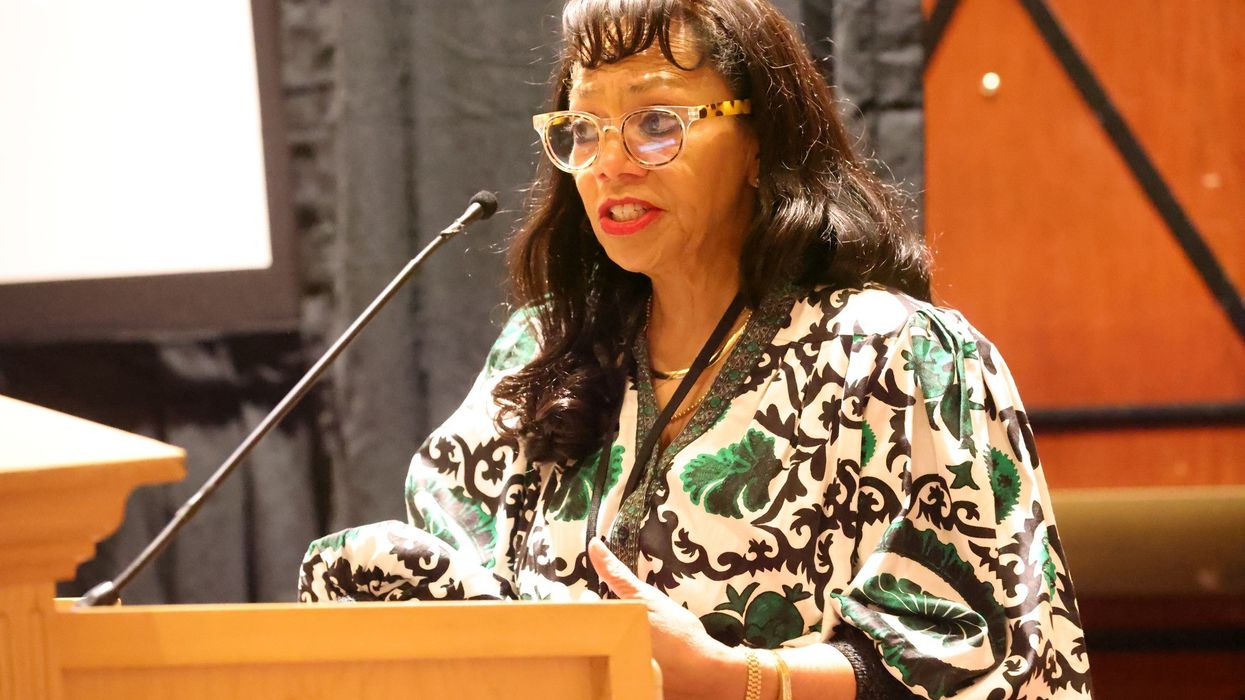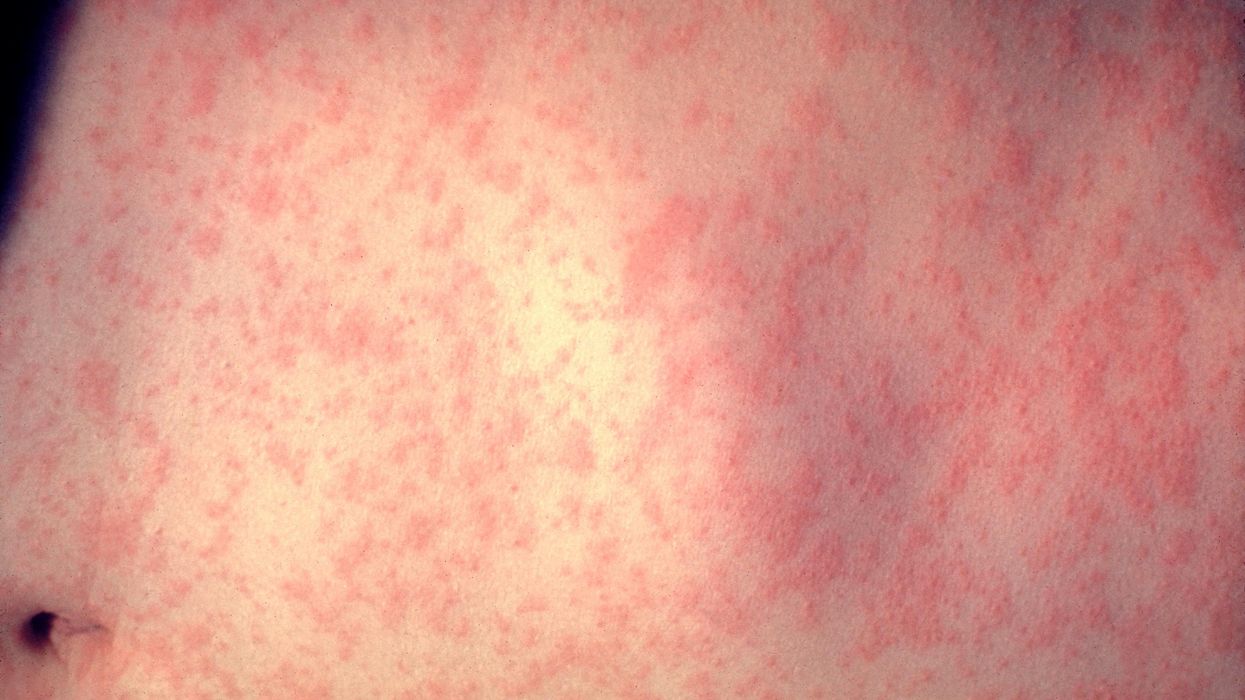Every June, Cancer Survivor Awareness Month—often referred to as National Cancer Survivors Month—recognizes and celebrates the millions of individuals in the United States and around the world who have survived cancer. More than just a celebration of survivorship, this observance is also a time to raise awareness of the physical, emotional, and financial challenges cancer survivors face long after treatment ends.
As cancer survival rates improve due to advances in early detection, treatment, and supportive care, it's more important than ever to understand what survivorship truly means—and why this awareness month matters.
Who Is a Cancer Survivor?
The National Cancer Institute (NCI) defines a cancer survivor as anyone who has been diagnosed with cancer, from the time of diagnosis through the rest of their life—regardless of whether the cancer is in remission, chronic, or cured (NCI, 2023). This broad definition includes people actively undergoing treatment as well as those who have completed it, along with their caregivers, family members, and close supporters.
As of 2024, there are over 18 million cancer survivors in the United States, a number projected to grow to 22.5 million by 2032 (American Cancer Society, 2024).
Why Cancer Survivor Awareness Month Is Important
1. Celebrating Survivorship
The primary goal of this month is to honor and uplift those who have endured the challenges of cancer. Survivors’ stories are powerful testimonies of strength, perseverance, and hope, and they offer encouragement to individuals currently undergoing treatment.
Many organizations, such as the American Cancer Society and National Coalition for Cancer Survivorship, host events, survivor gatherings, webinars, and campaigns to highlight these experiences and offer platforms for connection and reflection.
2. Addressing Long-Term Challenges
While surviving cancer is an enormous achievement, the journey doesn’t end with the last treatment session. Survivors often face ongoing and significant challenges, including:
- Physical side effects, such as fatigue, lymphedema, neuropathy, and infertility
- Psychosocial impacts, including anxiety, depression, PTSD, and fear of recurrence
- Financial toxicity, resulting from high out-of-pocket treatment costs, lost income, and lack of insurance coverage
- Employment and social reintegration difficulties, especially for young and working-age survivors
According to a 2022 report by the American Society of Clinical Oncology (ASCO), more than 60% of survivors experience at least one long-term physical or emotional effect from their treatment (ASCO, 2022).
3. Promoting Equitable Access to Survivorship Care
Cancer disparities continue to affect underserved communities. Survivors from minority, low-income, and rural backgrounds are more likely to experience barriers to follow-up care and worse outcomes. Survivor awareness efforts help promote equity by calling for expanded access to survivorship care plans, mental health services, and culturally competent care (CDC, 2023).
4. Supporting Research and Advocacy
National Cancer Survivors Month provides a platform for advocacy—calling attention to the need for:
- Continued federal funding for cancer research
- Development of survivorship care guidelines
- Legislation to support insurance protections, medical leave, and employment rights for survivors
The voices of survivors are powerful tools in shaping policies and funding priorities.
How to Support Cancer Survivors
- Listen to survivor stories and share them to amplify awareness.
- Encourage regular cancer screenings and educate others about early detection.
- Donate to cancer research or survivor support groups.
- Advocate for survivorship care plans and equitable access to healthcare.
- Support mental health resources for those affected by cancer.
Cancer Survivor Awareness Month is more than a tribute—it's a movement. It acknowledges the complex, ongoing journey that survivors face and reminds us that surviving cancer is not the end of the story, but the beginning of a new chapter. By raising awareness, fostering community, and supporting continued research and care, we honor those who have fought cancer and champion a future where no survivor walks alone.
Citations
- National Cancer Institute (NCI). (2023). Cancer Survivorship. https://www.cancer.gov/about-cancer/coping/survivorship
- American Cancer Society. (2024). Cancer Treatment & Survivorship Facts & Figures 2024-2026. https://www.cancer.org/research/cancer-facts-statistics/survivor-facts-figures.html
- American Society of Clinical Oncology (ASCO). (2022). Cancer Survivorship Compendium. https://www.asco.org/practice-patients/survivorship
- Centers for Disease Control and Prevention (CDC). (2023). Cancer Survivorship—At a Glance. https://www.cdc.gov/cancer/survivorship/
- National Coalition for Cancer Survivorship (NCCS). (2024). About National Cancer Survivors Month. https://canceradvocacy.org


















